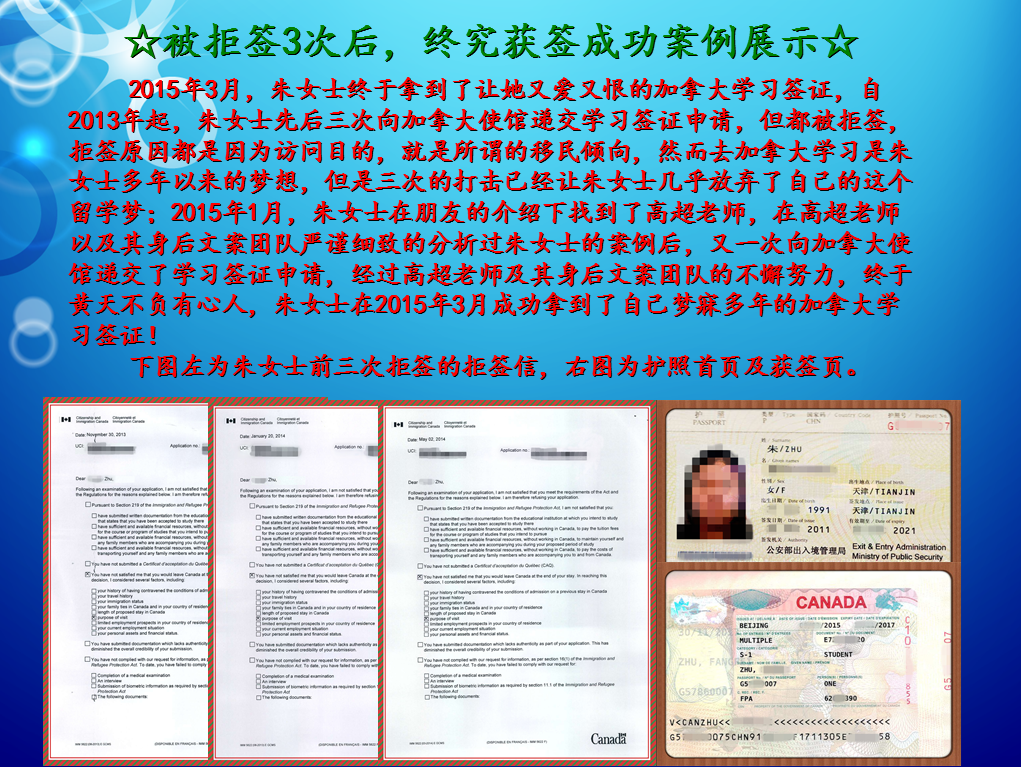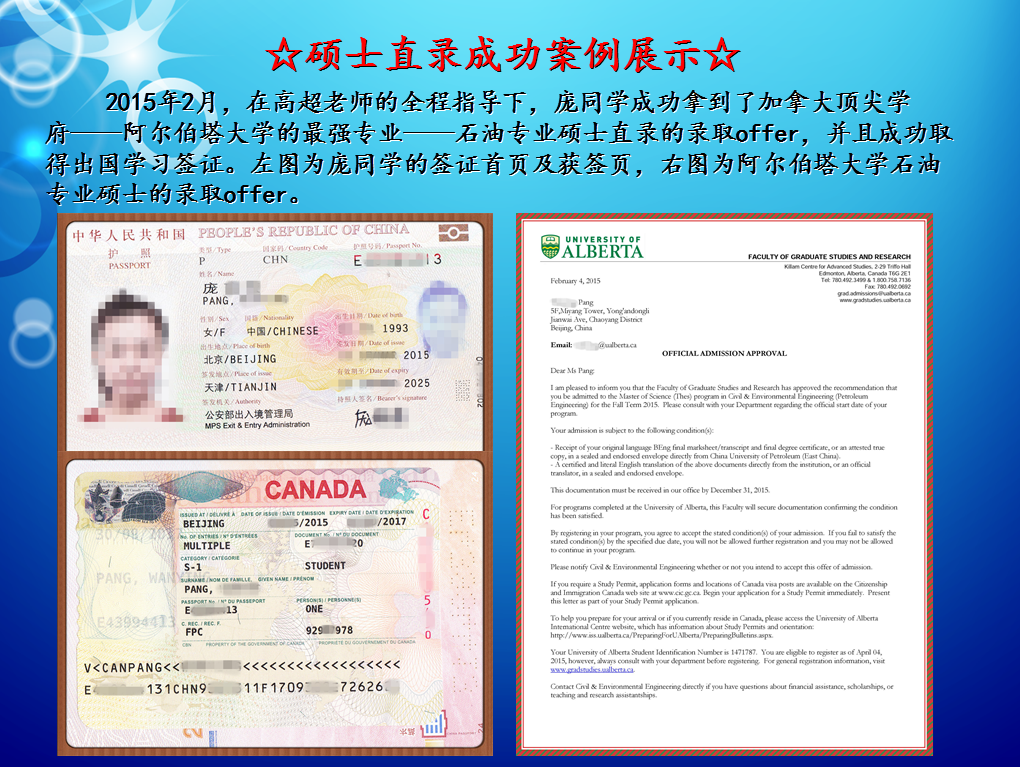SAT阅读考试文学基本常识之二.
2017-08-05 228阅读
SAT阅读考试中,文章所涉及的领域有:社会科学、人文、自然科学或小说(每次必有一篇),澳际小编大家整理了SAT阅读文学的基本常识,下面就让我们来看详细的内容吧!
Discourse (论述): spoken or written language, including literary works; the four traditionally classified modes of discourse are description, exposition, narration, and persuasion
Dissonance(不协和音): the grating of sounds that are harsh or do not go together
Epigram(警句隽语): a concise, witty saying in poetry or prose that either stands alone or is part of a larger work; may also rer to a short poem of this type.
Euphony(颂词): a succession of harmonious sounds used in poetry or prose; the opposite of cacophony.
Exposition(说明): the immediate revelation to the audience of the setting and other background information necessary for understanding the plot; also, explanation; one of the four modes of discourse.
Expressive(描述): another name for descriptive writing.
Figurative language(比喻性的语言): language that contains figures of speech such as similes and metaphors in order to create associations that are imaginative rather than literal; also figures of sound
Figures of sound(拟声): expressions that create aural images.
Figures of speech(修辞格): expressions such as similes, metaphors, and personifications that make imaginative, rather than literal, comparisons or associations.
Foil(衬托): a character who, by contrast, highlights the characteristics of another character.
Folklore(民间传说): traditional stories, songs, dances, and customs that are preserved among a people; folklore usually precedes literature, being passed down orally between generations until recorded by scholars.
Foreshadowing(铺垫): the use of a hint or clue to suggest a larger event that occurs later in the work.
Genre(体裁): a type of literary work, such as a novel or poem; there are also subgenres, such as science fiction novel and sonnet, within the larger genres.
Hubris(悲剧性自大特征): the excessive pride or ambition that leads a tragic hero to disregard warnings of impending doom, eventually causing his or her downfall.
Humor(幽默诙谐): anything that causes laughter or amusement; up until the end of the Renaissance, humor meant a person’s temperament.
Hyper(夸张): deliberate exaggeration in order to create humor or emphasis; overstatement
Imagery(意象): words or phrases that use a collection of images to appeal to one or more of the five senses in order to create a mental picture.
Informative(告知性): another name for expository writing
Interior monologue(内心独白): writing that records the talking that occurs inside a character’s head.
以上便是澳际小编为大家搜集整理的SAT阅读考试文学基本常识的第一部分,希望对各位考生的SAT阅读备考有所帮助。澳际小编祝大家都能取得好成绩!
留学咨询
更多出国留学最新动态,敬请关注澳际教育手机端网站,并可拨打咨询热线:400-601-0022
留学热搜
相关推荐
- 专家推荐
- 成功案例
- 博文推荐

Copyright 2000 - 2020 北京澳际教育咨询有限公司
www.aoji.cn All Rights Reserved | 京ICP证050284号
总部地址:北京市东城区 灯市口大街33号 国中商业大厦2-3层









高国强 向我咨询
行业年龄 12年
成功案例 3204人
留学关乎到一个家庭的期望以及一个学生的未来,作为一名留学规划导师,我一直坚信最基本且最重要的品质是认真负责的态度。基于对学生和家长认真负责的原则,结合丰富的申请经验,更有效地帮助学生清晰未来发展方向,顺利进入理想院校。
Amy GUO 向我咨询
行业年龄 17年
成功案例 4539人
一切的一切从现在开始.用自己的态度闯出一片天
薛占秋 向我咨询
行业年龄 11年
成功案例 1869人
从业3年来成功协助数百同学拿到英、美、加、澳等各国学习签证,递签成功率90%以上,大大超过同业平均水平。
Tara 向我咨询
行业年龄 7年
成功案例 1869人